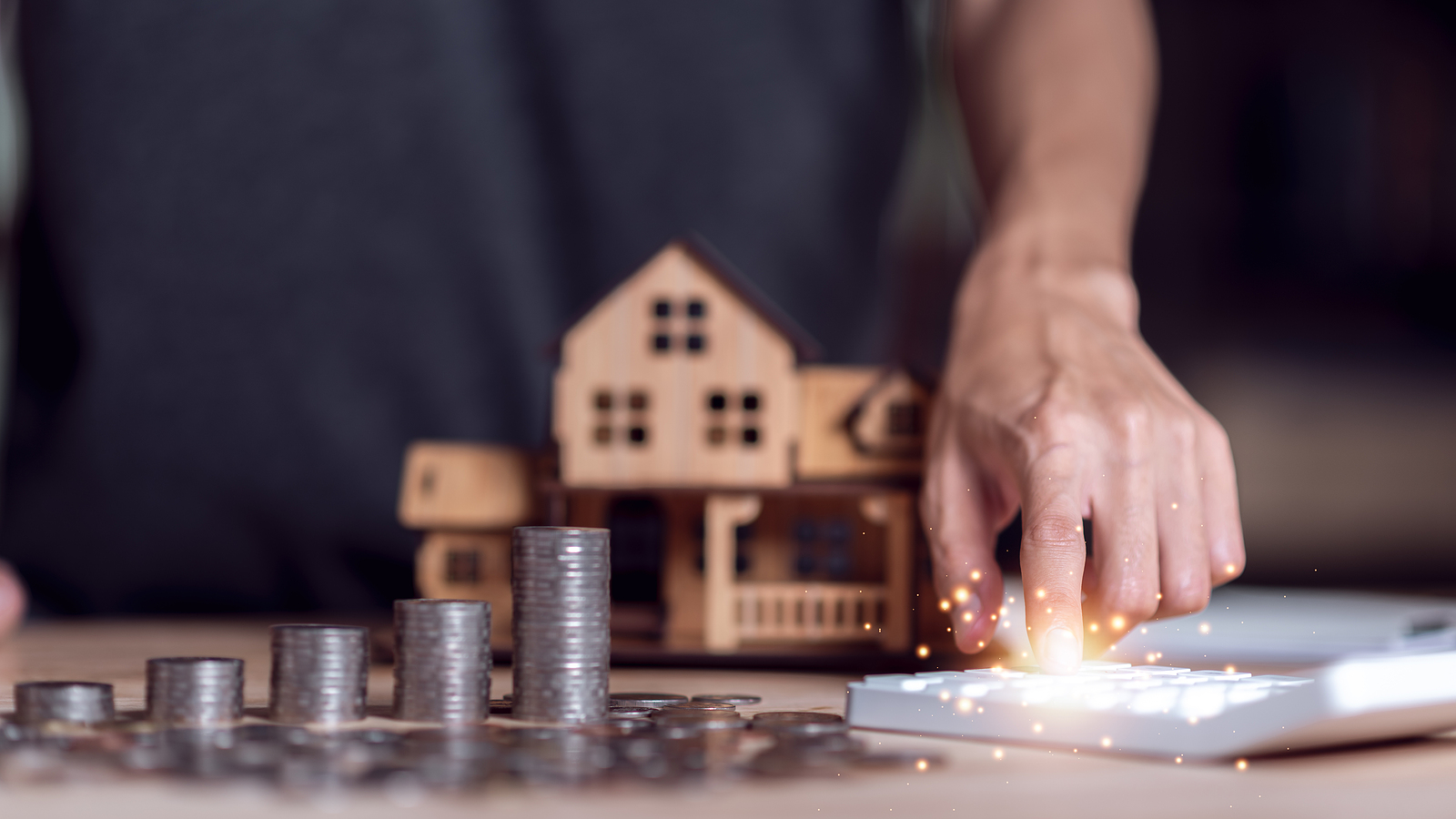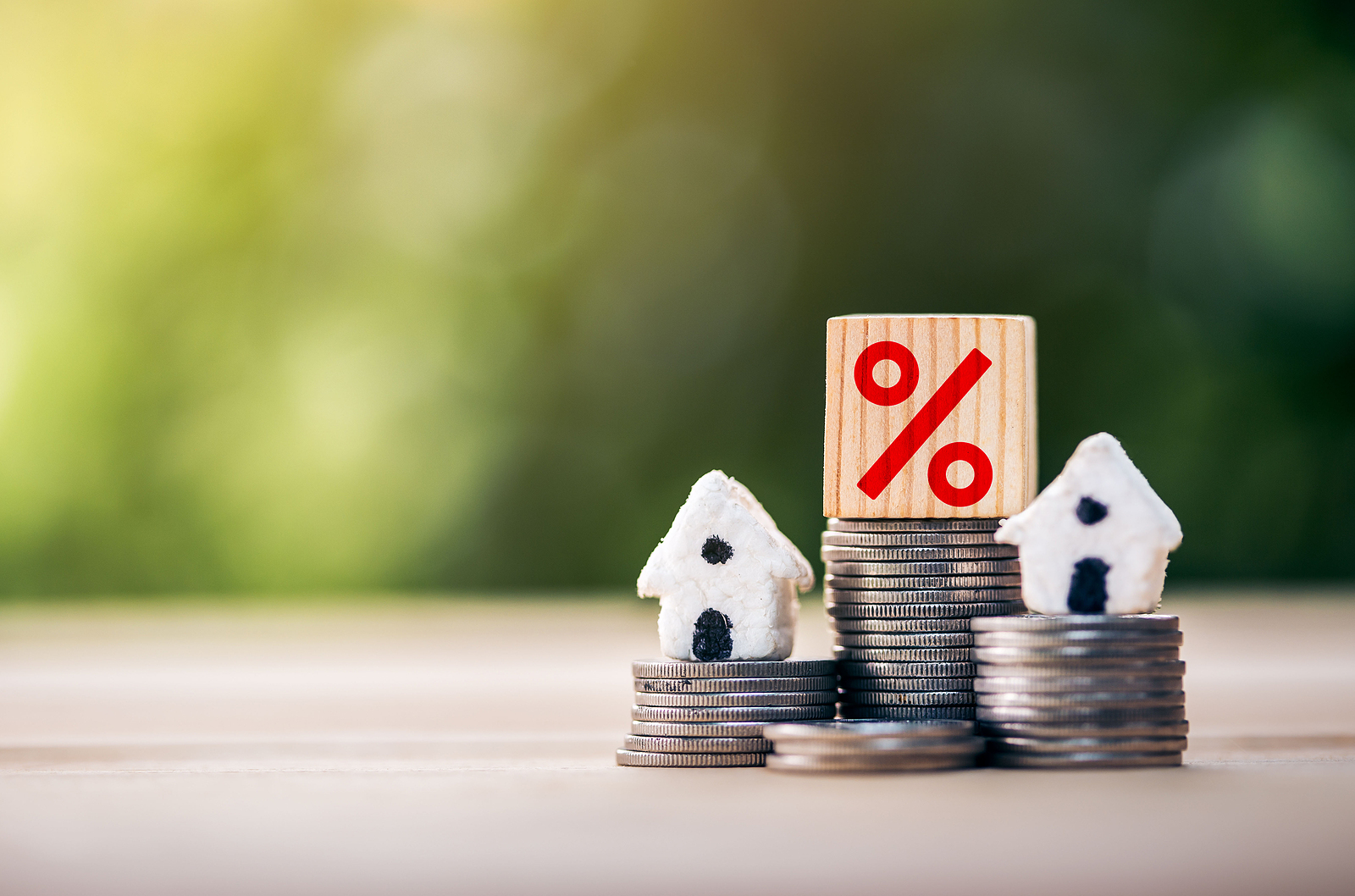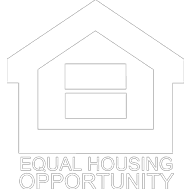In today’s housing market in New York, buyers in places like Staten Island are looking for smart ways to ease into homeownership. One tool that’s getting attention is the mortgage rate buydown.
In New Jersey, buyers in Counties like Bergen, Essex, or Middlesex are also watching how buydowns might ease the burden of monthly payments.
But what exactly is a buydown? How does it work? And can it truly help you save money in your local market?
How a Mortgage Rate Buydown Works
A mortgage rate buydown is when someone (you, the seller, or the builder) pays an upfront cost to lower your interest rate—temporarily or permanently.
The most common version is the temporary buydown. For example, a 2-1 buydown lowers your rate by 2% in Year 1, and 1% in Year 2, before returning to the original rate. This is widely recognized by lenders and mortgage guides.
So if your rate would’ve been 6.5%, the buydown might give you:
-
4.5% in Year 1
-
5.5% in Year 2
-
6.5% for the remainder
That can reduce your payments significantly in those early years—helpful for buyers dealing with moving costs, furnishing, or bridging budgets.
Permanent buydowns are also possible: you pay discount points (often ~1% of loan amount per point) to lower your rate permanently. The exact reduction (e.g. 0.25% per point) depends on market conditions.

For example, if today’s market rate is 6.5%, a 2-1 buydown would give you:
- 4.5% in Year 1
- 5.5% in Year 2
- 6.5% from Year 3 onward
This can lower your monthly payments by hundreds of dollars in the early years—often when homeowners need the most breathing room after moving expenses and furnishing costs.
Permanent buydowns also exist, where you pay “discount points” (typically 1% of the loan amount per point) to lock in a lower rate for the full term of the loan. According to Freddie Mac, one discount point generally lowers your interest rate by 0.25%, though the exact savings depend on market conditions.
How Much Can You Actually Save?
Savings vary based on loan size and rate drop, but the impact can be significant. According to a 2024 Redfin analysis, buyers who used temporary buydowns saved an average of $2,000 to $3,500 in their first year of ownership. For a $400,000 mortgage, a 2-1 buydown could reduce first-year payments by over $400 per month.
However, there’s a catch: someone has to pay for the buydown upfront. In today’s market, many sellers and builders are offering to fund these incentives to make their listings more appealing, especially as higher mortgage rates cool buyer demand. If the seller covers the cost, there’s little downside for the buyer. But if you’re paying out of pocket, you’ll need to calculate whether the savings outweigh the upfront cost based on how long you plan to stay in the home.

Is a Buydown Better Than a Price Reduction?
One interesting trend is that more builders and listing agents are offering a mortgage rate buydown instead of dropping the sale price. Why? Because buyers tend to feel monthly savings more than long-term equity gains. A $10,000 price reduction might only decrease your monthly payment by around $50, while that same $10,000 could dramatically lower payments in the first two years through a buydown.
Financial advisors generally recommend choosing a buydown over a price cut if you plan to refinance or sell within a few years, or if you need lower payments upfront. But for long-term homeowners, a permanent rate reduction or price negotiation may offer better lifetime value.
When a Mortgage Rate Buydown Makes Sense and When It Doesn’t
A buydown can be a smart move if:
- You expect your income to rise in the next few years
- You’re stretching your budget to buy a home and need temporary relief
- The seller or builder is covering the cost
However, it may not be ideal if:
- You’re planning to stay long-term and pay for the buydown yourself
- You’re already securing a low rate and don’t need the reduction
- You’d benefit more from applying that money toward your down payment
A mortgage rate buydown isn’t a magic trick, it’s a financing tool. But when used strategically, it can make homeownership more attainable without sacrificing long-term financial health. As mortgage rates continue to hover above historic lows, exploring options like buydowns can help buyers stay competitive while keeping monthly payments manageable.
What You Can Save (Locally)
The actual savings depend heavily on:
-
Loan size
-
Rate reduction
-
How long you stay in the home
-
Who pays the buydown
In the NY/NJ region, sources show that many lenders and real estate professionals use buydowns (especially 2-1) as incentives in competitive markets.
For example, if you buy in Staten Island and the base rate is 7%, a 2-1 buydown can lower your payments substantially in the first two years. The larger your loan, the more dramatic the monthly savings.
In New Jersey, where mortgage rates are expected to stay relatively high for the next few years, buydowns are becoming more important as a way to ease buyer affordability.
One caution: many buyers who accepted temporary buydowns now face sharp payment increases and are unable to refinance due to market conditions.
- 10309 Homeowners: See What’s Changed This Spring
- ADVANCED SEARCH | FIND THE RIGHT HOME.
- BASIC SEARCH | FIND A HOME YOU LOVE.
- Email Alerts
- Featured Properties
- Foreclosure Won’t Wait – Watch This Before You Lose Your Equity
- Get Multiple Cash Offers In 3 Minutes
- Guide To Buying a Home
- Home Staging Guide
- Organizer Login
- Our Home Selling System
- Privacy Policy
- Stop Foreclosure on My House Help. Foreclosure Guides for NY & NJ Homeowners
- Thanks! Here’s Your Local Market Update
- Urgent: Your Foreclosure Options & Next Steps!
- Welcome To My Real Estate Blog!
- Your Guide Is Ready!
Buydown vs. Price Reduction: Which Is Better?
In Staten Island, many sellers now offer mortgage rate buydowns instead of dropping their listing price—because buyers feel the monthly relief more directly.
In New Jersey, some builders and sellers use buydowns to keep the price solid while making payments more affordable.
For example:
-
A $10,000 price drop might only reduce your monthly payment by $50 or so
-
The same amount used toward a buy‑down could lower payments by $400‑$600 in early years
If you plan to refinance or move in a few years, a buydown often gives you more immediate value.
When a Buydown Makes Sense (Local Conditions)
In New York / Staten Island:
-
You expect income to rise within a few years
-
You’re stretching your budget and need short-term help
-
The seller or builder offers to cover or subsidize the buydown
In New Jersey:
-
You’re buying in counties where prices are high and payments tight
-
You plan to live there for a few years (but not too long)
-
You want to avoid payment shock in early years
When a Buydown May Not Be Ideal
In Staten Island / New York:
-
You’re staying long-term and paying for the buydown yourself
-
You already have a low interest rate secured
-
The cost of the buydown could be better used toward your down payment
In New Jersey:
-
You’re in a market where interest rates may drop (making a permanent rate reduction or refinancing more favorable)
-
You may not be there long enough to see full value
-
You risk being stuck when the buydown period ends
Local Market Insights
In Staten Island / NYC Areas:
-
Some new developments include buydown offers as incentives
-
Buyers in outer boroughs often face high closing and carrying costs, making early payment relief more appealing
In New Jersey (Bergen, Essex, Middlesex, etc.):
-
The market continues to carry high mortgage rates, making buydown offers more attractive to buyers
-
Builders and developers are increasingly using buydowns to make listings more competitive
Final Take
A mortgage rate buydown isn’t a gimmick—it can be a valuable tool if used wisely. In Staten Island, it may help you manage the early years of ownership. In New Jersey, it can give you a competitive edge in tight financing conditions.
But be cautious: some buyers are now regretting buydowns they couldn’t sustain.




